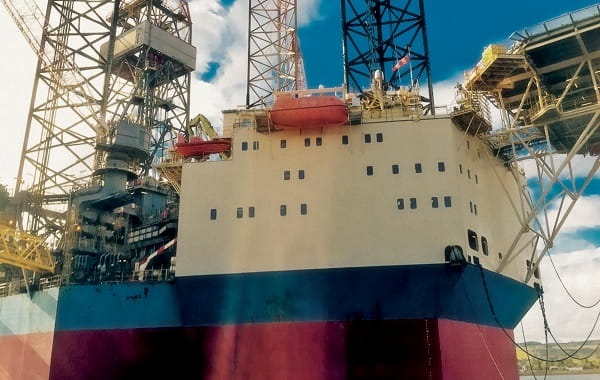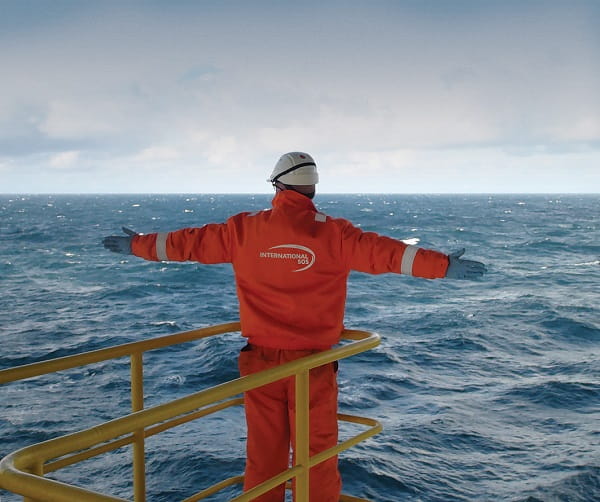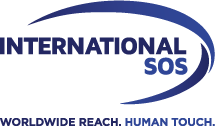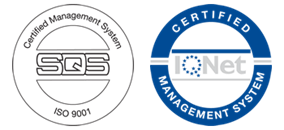A Day in the Life... of an Offshore Medic
Published: August 2015
HOTLINE (HL) SPEAKS TO INTERNATIONAL SOS' WALLACE BRUCE ABOUT LIFE AND WORK ON THE RIG.
Wallace Bruce is a Registered Nurse with specialisms in coronary care, gastro intestinal care and acute assessments. He has spent the last seven years working as an International SOS offshore medic. He has experience of both, oil and gas platforms, and survey vessels. Wallace is currently stationed on an exploratory drilling platform - a jackup cyber rig. The rig is in the Central North Sea area, 157 miles from land.
HL: Can you describe the conditions on the rig?
Between November and March the conditions here are quite drastic. The temperature can drop as low as three degrees, the seas are rough and the wind is fierce. In the summer the temperature might reach the low 20’s, but it is still rough. Today there are 50 knot gusts of wind outside and that is quite typical. It is an extreme environment to work in. Just getting here can be a challenge. Everyone travels to and from the rig by helicopter. Flights can be delayed during bad weather. If there is a lot of static, the rotor blades can even trigger lightning. That can cause further delays while we wait for things to calm down. It is hard for the crew to work in such harsh conditions. Many jobs also involve heavy machinery, bringing the added risk of accident and injury.
HL: Tell us about your working day and what you do
The main part of my job is looking after the well-being of everyone on board; that is between 90-110 people. Basically I treat any illness that comes my way. Plus I do a lot to prevent problems arising in the first place. On a rig you have a lot of people living in a small space. So one task is to stop the spread of infectious diseases. There isn’t really a typical day or even a typical offshore medic role. Each day is different and so is each placing. Some medics focus on putting safety procedures in place, others are more administrative. It depends on the environment, the equipment and current priorities.
HL: Can you tell us more about work related injuries?
The extreme environment and unusual equipment inevitably brings challenges. Although in this industry risks are kept to an absolute minimum. Over the years I have seen work related stress, back injuries, chemical dermatitis and other conditions. Also, hearing problems from excess noise, and hand vibration problems from power tools. I have seen some strange injuries and it can be hard to visualise how they happened. So I spend time watching the crew to see exactly what their work involves. Understanding how injuries happen helps prevent them.
I carry out workplace assessments to understand every job from both a health and safety perspective. Occupational Health is a real priority in this industry. It is a big interest of mine too. In fact, I’m close to completing a degree in Occupational Health from Robert Gordon’s University. I have used my work experience in my studies. For example, I analysed what brought people to our Sick Bay. I found that, in 2014, the most common complaint was muscular conditions. Then I worked with the crew to find safer ways of doing things. It was great. It helped my studies and improved safety on the rig.
HL: Can you give some more examples of how you work to improve safety?
Another of my responsibilities is carrying out safety inductions for new crew members. These used to be quite time consuming but I have captured the key messages in a DVD. The industry continues to learn from experience. For example, following a Civil Aviation Authority review of helicopter safety, there are new rules on the size of oil workers travelling to and from offshore installations by helicopter. Now, before boarding helicopters, every passenger is measured. Those with broad shoulders sit by the widest windows and exits. This maximises their ability to escape. Measuring passengers and check weighing their bags is another of my tasks.
We perform regular rescue drills too. Crew members from various departments take it in turns to practice casualty rescues. This teaches them some basic life support skills. We also discuss the ‘what if’ mentality in the event of a real emergency. In addition, we carry out daily safety checks on our water supplies. We measure water pH, chlorine levels and conductivity at different points on the rig. And we regularly send samples ashore for more detailed analyses.
HL: Isn’t it a challenge to stay fit in the confined spaces of a rig?
Yes, it is. That’s something we have been focusing on with our ‘Rig Run’ competition. It is an idea I helped introduce. Rig Runs last six weeks. It involves cardio exercise in the gym: on the bikes, rowing machine and cross trainer. Each participant’s times and distances are carefully recorded. This creates a competition between all the rigs in the area. We have held four Rig Runs in the last two years. They are a great way to get people active and everyone loves them.
HL: What external support can you call on?
I get lots of support from Topside. That is International SOS’ specialist team of doctors and other experts. They really know what it is like to work in this industry and in remote areas. On this rig we are supported by the London Topside team. I might call them to confirm prescribing an antibiotic, or discuss a treatment plan. I sometimes even get patients to talk direct to a doctor. It is very reassuring for the patient to hear the doctor’s voice.
I sometimes send Topside photos of an injury or something else I want them to see. Depending on the bandwidth on a rig we offer different TeleHealth solutions to meet H&S requirements. That means expert care at reduced costs for our clients. It all helps with the diagnosis and treatment. Topside is key if we have to evacuate anyone. They focus on the logistics while I take care of the patient. Having to evacuate a patient can be quite stressful but thankfully it happens very rarely.












